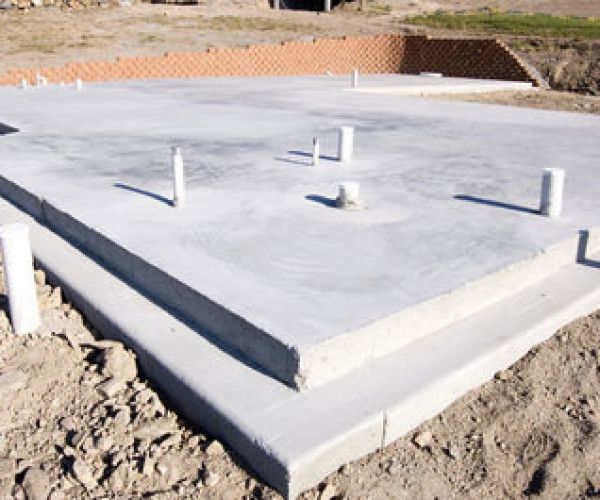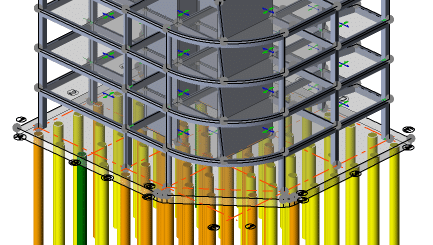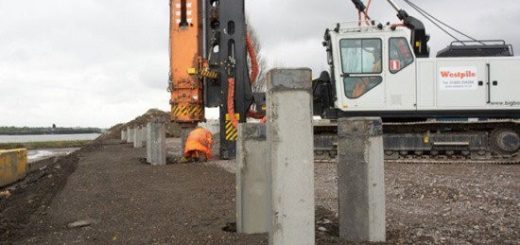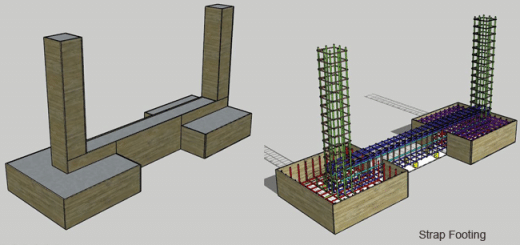Floating Slab Foundations – Design and Construction
Floating slab foundations are a type of foundation constructed to support the structures in a similar manner as other foundations.
As the name implies, it is a floating slab constructed on the ground, not on the direct support such as a beam or wall. A floating slab is separated from the main structures.
The main example of the floating slab is the slab on grade. In addition, slab foundations are also can be considered floating slab foundations. Generally, they are constructed for the following purposes.
- Garages
- Sheds
- Light homes, etc.
The floating slab is a structural foundation of structures having a lightweight load comparatively. For example, the weight of the brick wall in a single-story building can be born by these types of foundations. However, it is required to make modifications in the slab thickness to improve the stiffness of the floating slab foundations.
The article slab foundations could be studied for further information on these types of modification of the slabs. It discusses more on floating house foundations.
Since the slab thickness is smaller, it can bear the wall load. We could increase the thickness of the slab only where required. If we increase the overall slab thickness, it will affect the cost of construction.
Advantages of Floating Slab Foundations
- A floating slab foundation can be used when the soil bearing capacity is low. Slab reduces the soil pressure under the foundation.
- Since the stiffness of the slab can be modified in the area where required, economize construction can be done.
- Floating slabs avoid the water seepages in the areas where the water table is high.
- Since the slab is rested on the ground and mostly the loads are uniformly distributed, there are fewer bending moments and share forces. Therefore, area of the reinforcement required is lesser. As a result of that, the cost of construction reduces.
- Floating slabs are suitable for building extensions.
- Since the extension can be done without obstructing the existing structure foundation, there will be no clashes in the foundations.
Disadvantage of Floating Slabs Foundations
- Since the thickness of the slab is smaller, different settlements of the floating slab foundations could cause cracks.
- Mostly, increase in the reinforcement are done only where the stiffness of the slab (increase in the section) is modified. Due to the deflection of the slab with the applied loads, other connections between the stiffened area and other areas could crack.
Desing of Floating Slab Foundations
Key factors to be considered during the design of the floating slab is as follows.
- Correctly evaluate the loads applied on the foundation
- Check whether they are uniform or not
- If loads are not uniform, it shall be made sure there are no different settlements.
- If the loads applied on the slab are uniform, a single net of reinforcement could be adequate. This shall be checked with the applied loading arrangement.
- When there are different loading arrangements, the slab shall be checked for bending and shear forces. A computer model could be created with suitable software. Soil could be modeled as area elements and may represent in the model in the form of springs or as a subgrade reaction.
Related Articles for Foundations
- Combined Footing
- Spread Footing
- Shallow Foundations
- Pier Foundation
- Footing Foundations
- Deep Foundations
- Foundation Failure
- Underpinning
- Eccentrically Loaded Foundations
- Shallow Foundation Failure
- Pile Raft Foundations
- Mat Foundation
- Pile Foundation
- Driven Pile Foundations
- Pile foundations
- Uplift Pressure on Foundations
- How to Determine Foundation Type
- Excavation for Foundation
- Foundation Waterproofing
- Settlement of Shallow Foundations
- Slab Foundations




